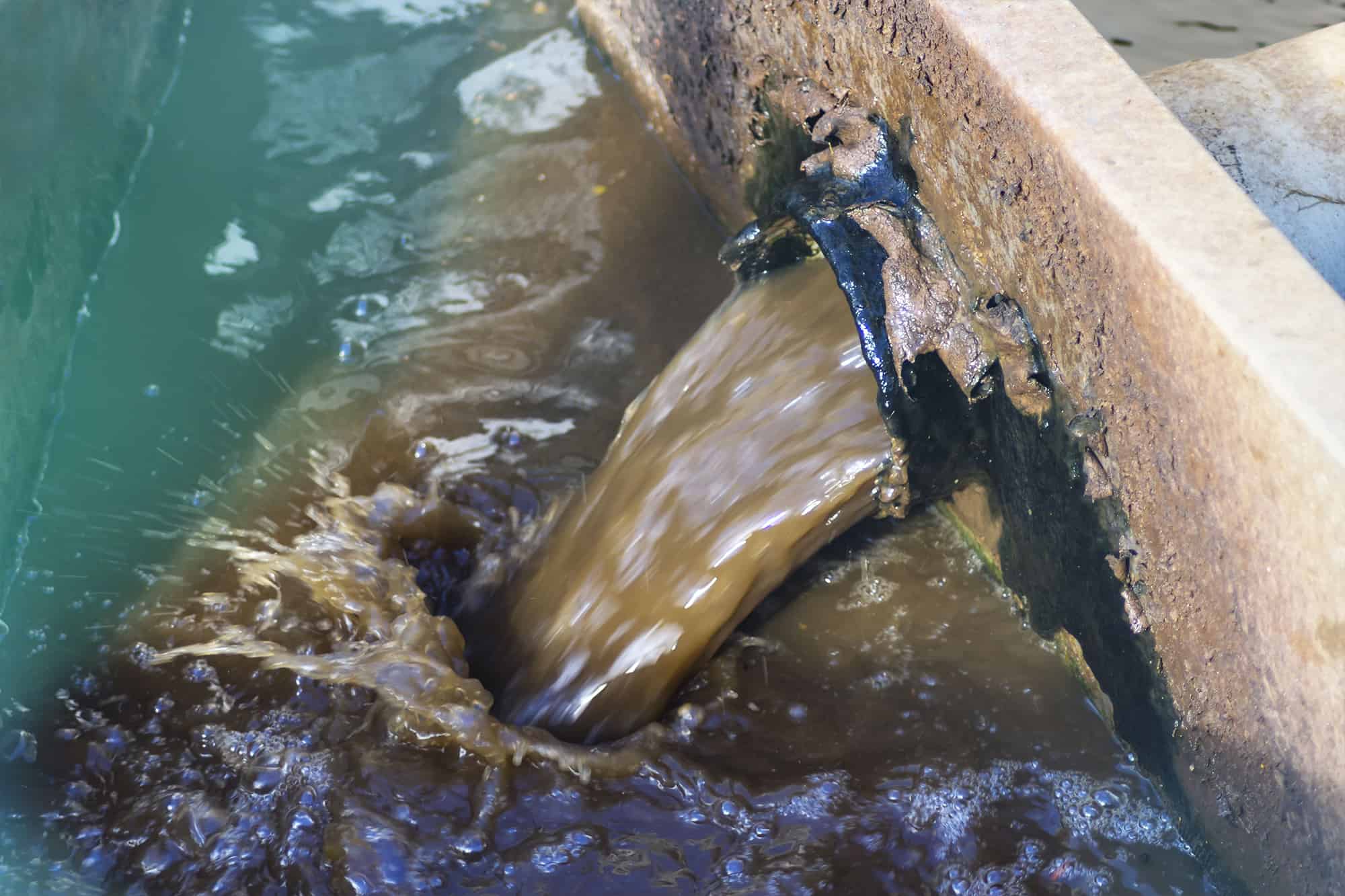Sequencing Batch Reactor (SBR)
A Sequential Batch Reactor (SBR) is a wastewater treatment process that combines the principles of both activated sludge and batch reactor systems. In an SBR system, wastewater is added to a single tank or a series of tanks in a specific sequence, with each tank performing a different treatment stage. The system operates in cycles, with each cycle consisting of a series of steps, including aeration, settling, and decantation.
During the aeration phase, oxygen is introduced into the wastewater to stimulate the growth of microorganisms that will consume organic matter and nutrients. During the settling phase, the microorganisms settle to the bottom of the tank, and the clear water is decanted off the top. The SBR process can be designed to treat a wide range of wastewater volumes and can achieve high levels of nutrient removal and sludge settling efficiency.
Features
- Low footprint requirement
- High process control flexibilities
- Reduce, control and eliminate sludge bulking
- Improve sludge settleability
- Reduce air supply
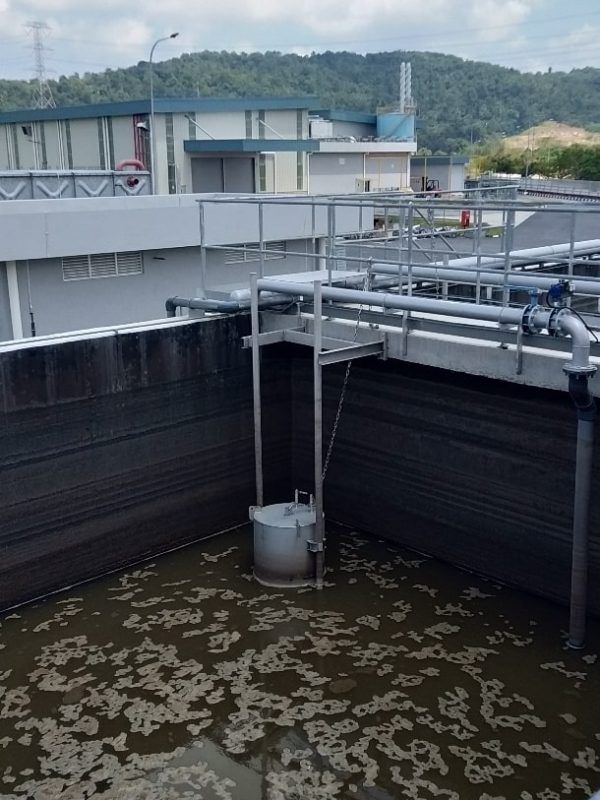
Industrial Application
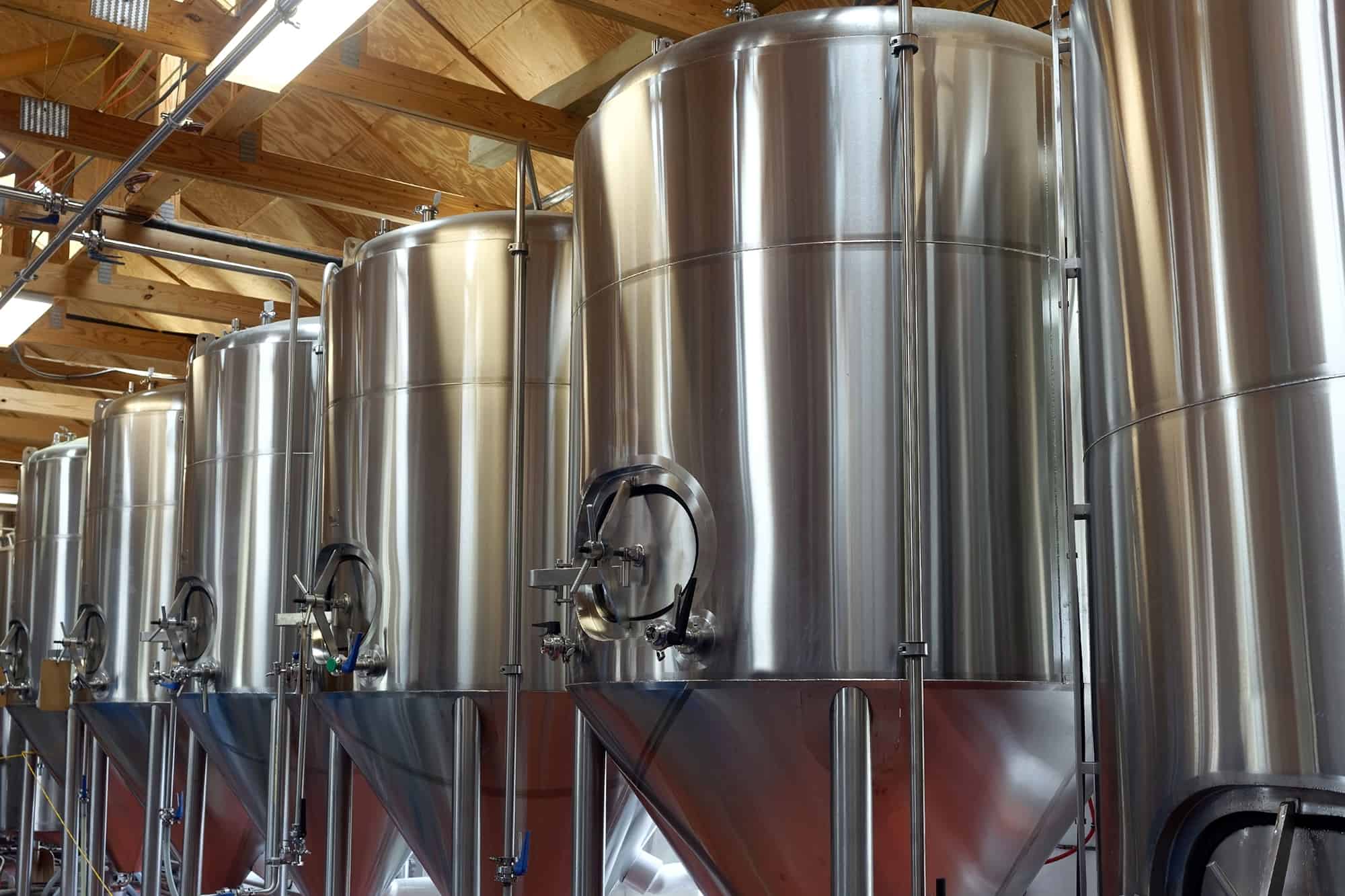
Fermentation / Breweries
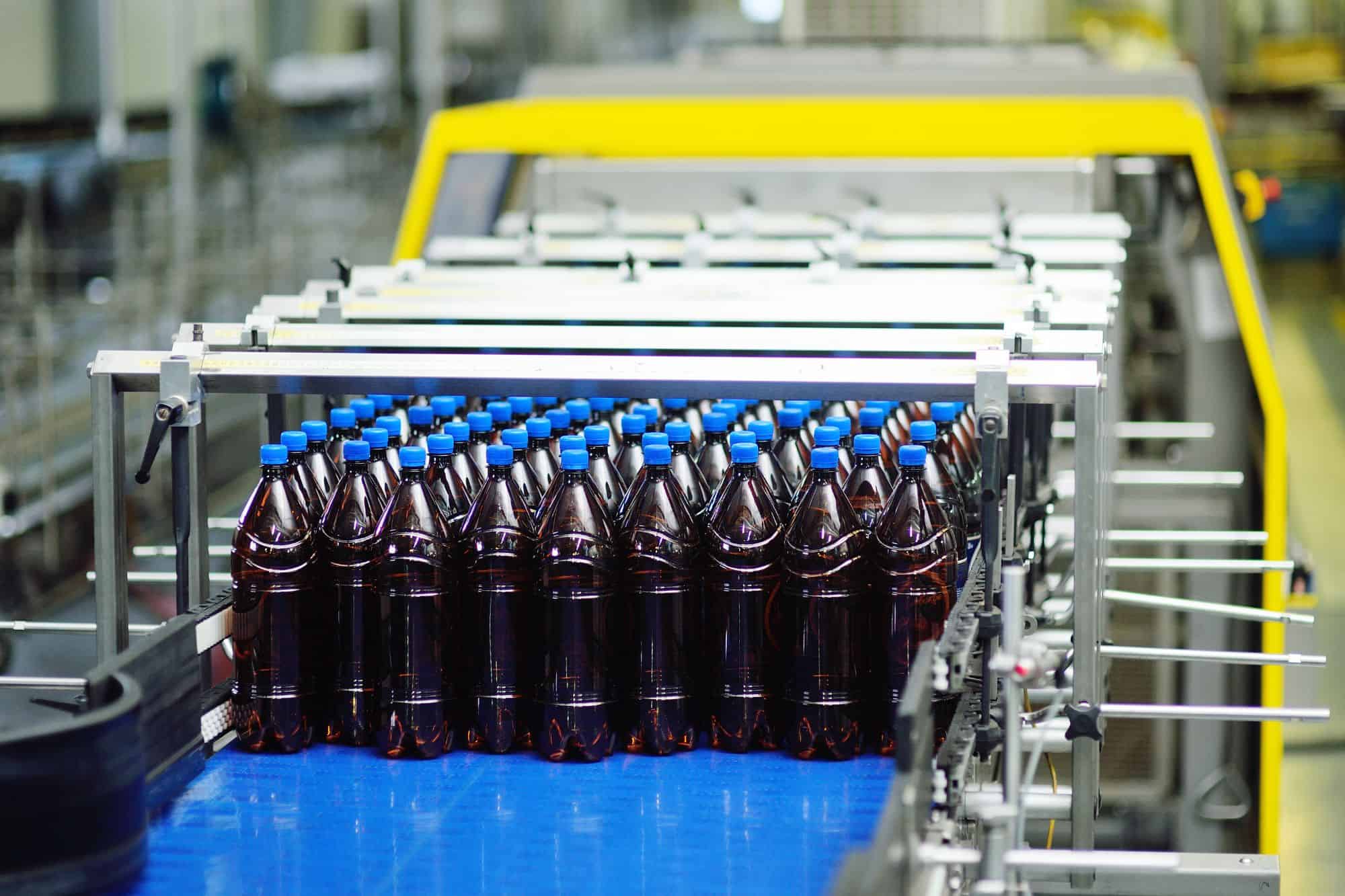
Food / Dairy / Beverages industries
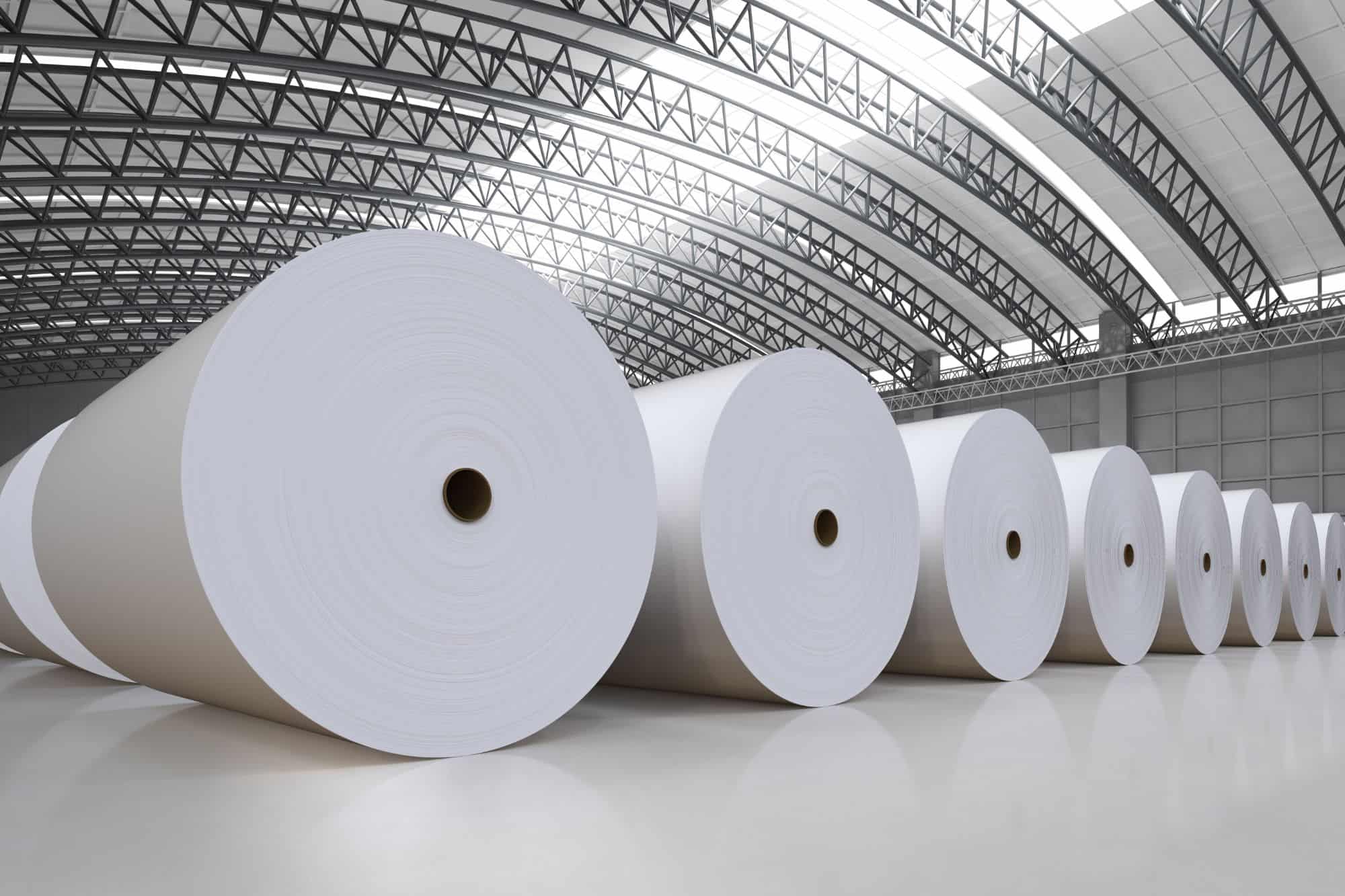
Paper mill
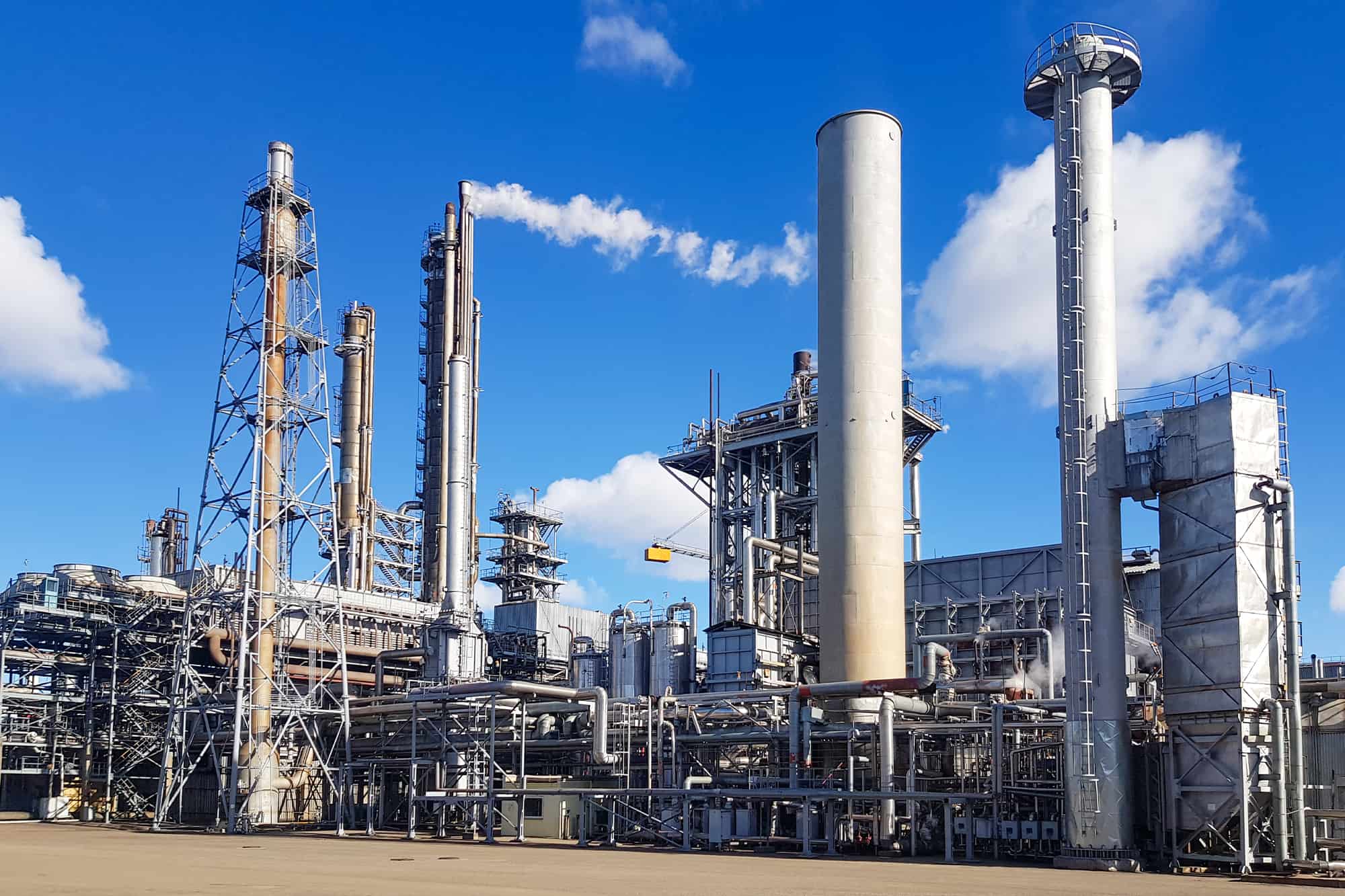
Petro-chemical
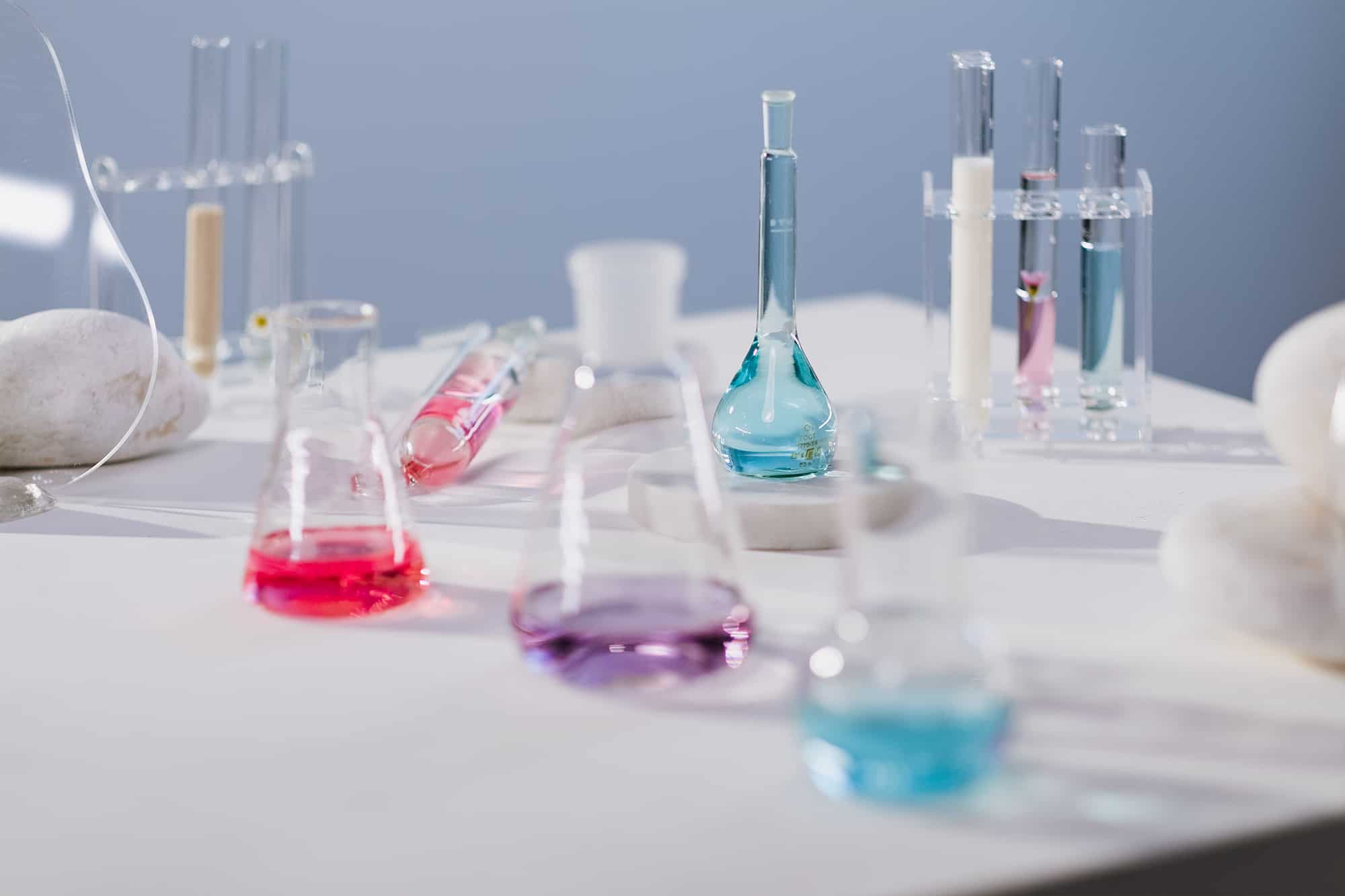
Chemical manufacturing
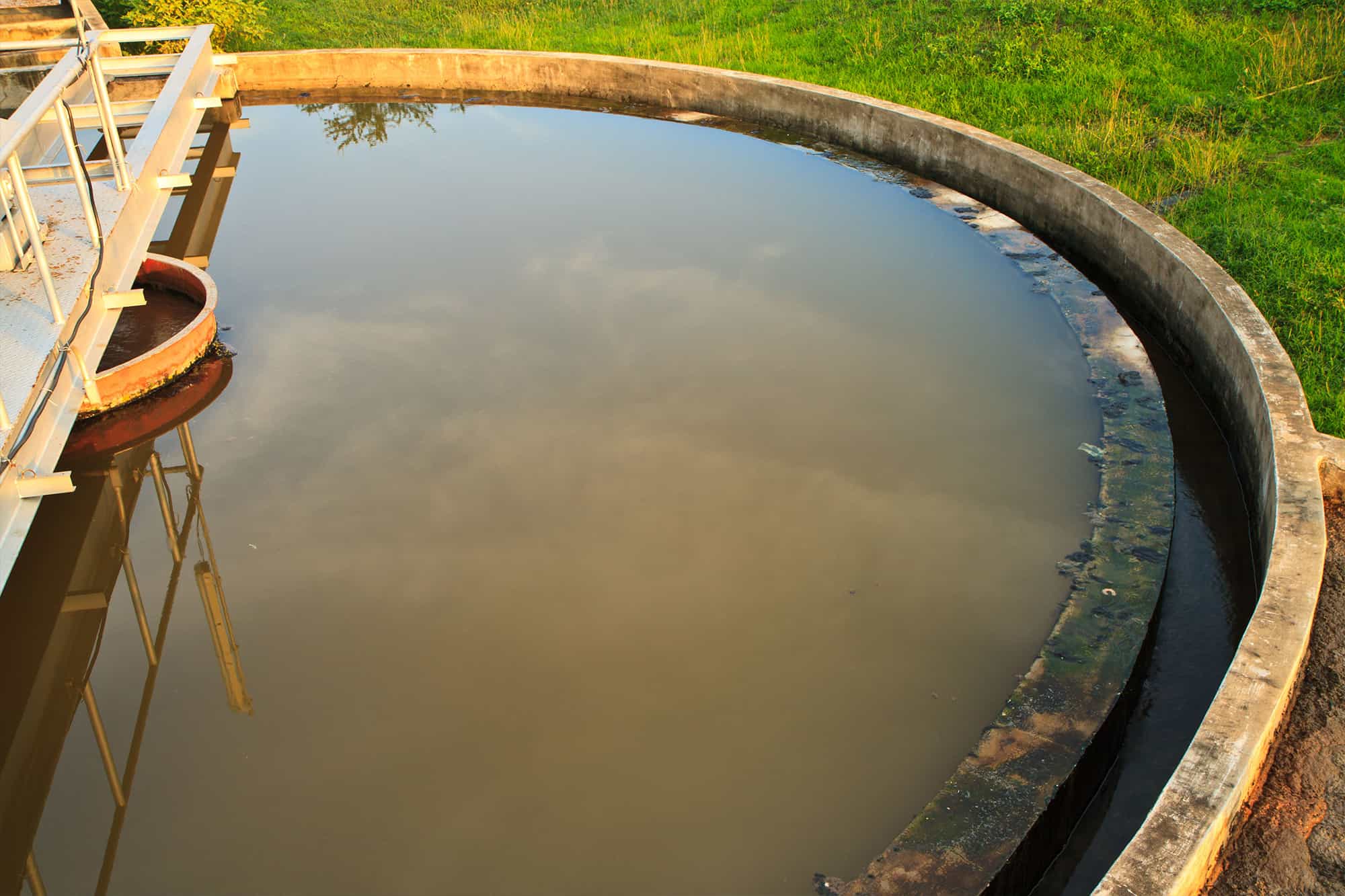
Municipal wastewater
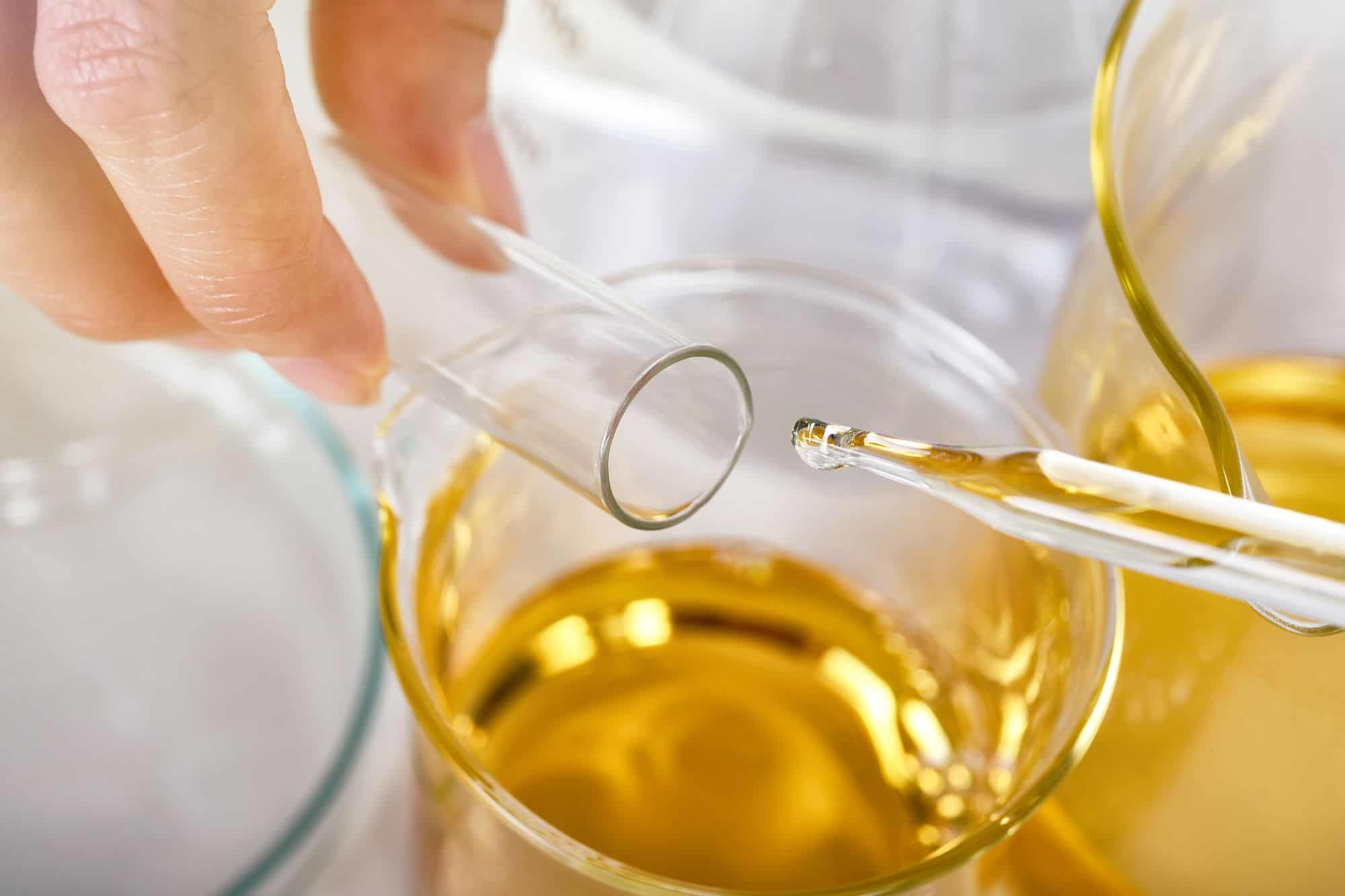
Oleo-chemical
Alternative Intermittent Cyclic Reactor (AICAR)
AICAR is a type of activated sludge process for wastewater treatment. AICAR operates in a continuous mode, alternating between feeding and discharging.
In comparison to the conventional extended aeration system, AICAR offers advantages such as: minimal footprint, dynamic control, ability to eliminate growth of most of the filamentous sludge bulking microorganisms, less sludge yield, high MLSS (>8000 mg/L) (since MLSS cannot be washed out by hydraulic surges) and also potential capital cost savings by eliminating clarifiers and other equipments.
Features
- Dynamic control
- Prevention of sludge bulking
- Improved settling ability
- MLSS>8,000 mg/L
- Longer SRT/MCRT
- Improving biodegradation

Application

Fermentation / Breweries

Food / Dairy / Beverages industries

Paper mill

Petro-chemical

Chemical manufacturing

Municipal wastewater

Oleo-Chemical
Activated Sludge Process
The activated sludge process is a biological wastewater treatment process that uses microorganisms to remove organic matter and nutrients from wastewater. The process involves bringing wastewater and a mixture of microorganisms (known as “activated sludge”) together in a treatment tank or basin, where the microorganisms consume the organic matter in the wastewater as a food source.
The microorganisms are then separated from the treated wastewater by sedimentation and returned to the treatment tank to continue the process. The process is typically aerobic, meaning that oxygen is provided to the microorganisms to support their growth and activity. The activated sludge process is widely used for the treatment of both domestic and industrial wastewater, and can be designed to achieve high levels of removal of organic matter, nitrogen, and phosphorus.

Membrane Bioreactor (MBR)
Membrane Bioreactor (MBR) combines conventional biological treatment (e.g., activated sludge) processes with membrane filtration to provide an advanced level of organic and suspended solids removal. In an MBR system, the membranes are submerged in an aerated biological reactor.
The membranes are considered between micro and ultrafiltration, which allows for high quality effluent to be drawn through the membranes which eliminates the need for sedimentation process.
Since the need for sedimentation is eliminated, the biological process is able to operate at a much higher mixed liquor (MLSS) concentration. This greatly reduces the biological reactor volume required, and allows for many existing plants to be upgraded without adding new tanks. MBR can also provide an advanced level of nutrient removal when designed accordingly.
Other than that, effluent from MBR can also be recycled for other operations (e.g. cooling tower water) due to its higher effluent quality achieved from membrane filtration.
Features
- Stable operation and superior effluent quality
- Easy retrofitting of existing plants
- Easy process control
- Small footprint
- Less sludge production

Application

Fermentation / Breweries

Food / Dairy / Beverages industries

Paper mill

Petro-chemical

Chemical manufacturing

Oleo-Chemical
